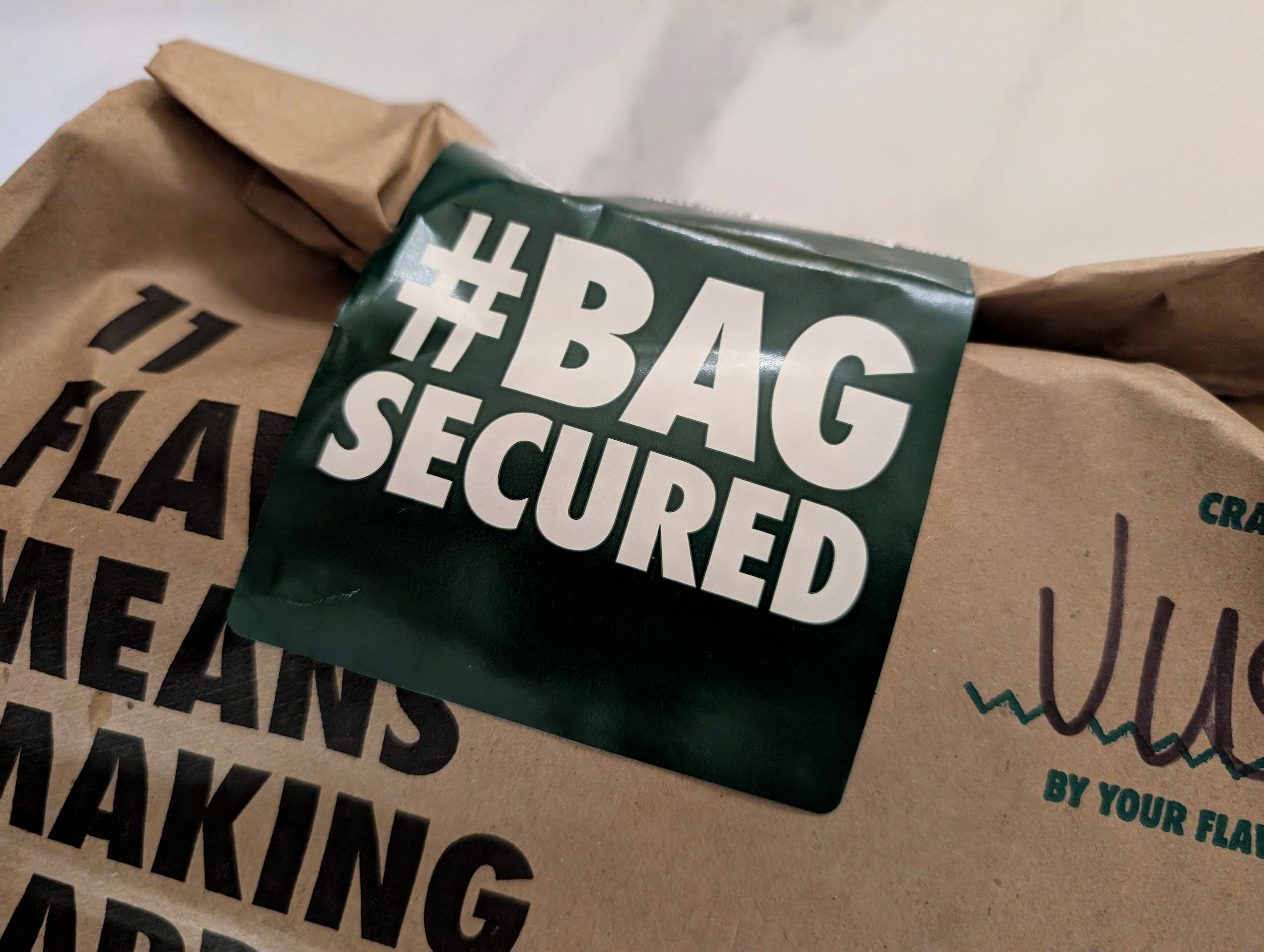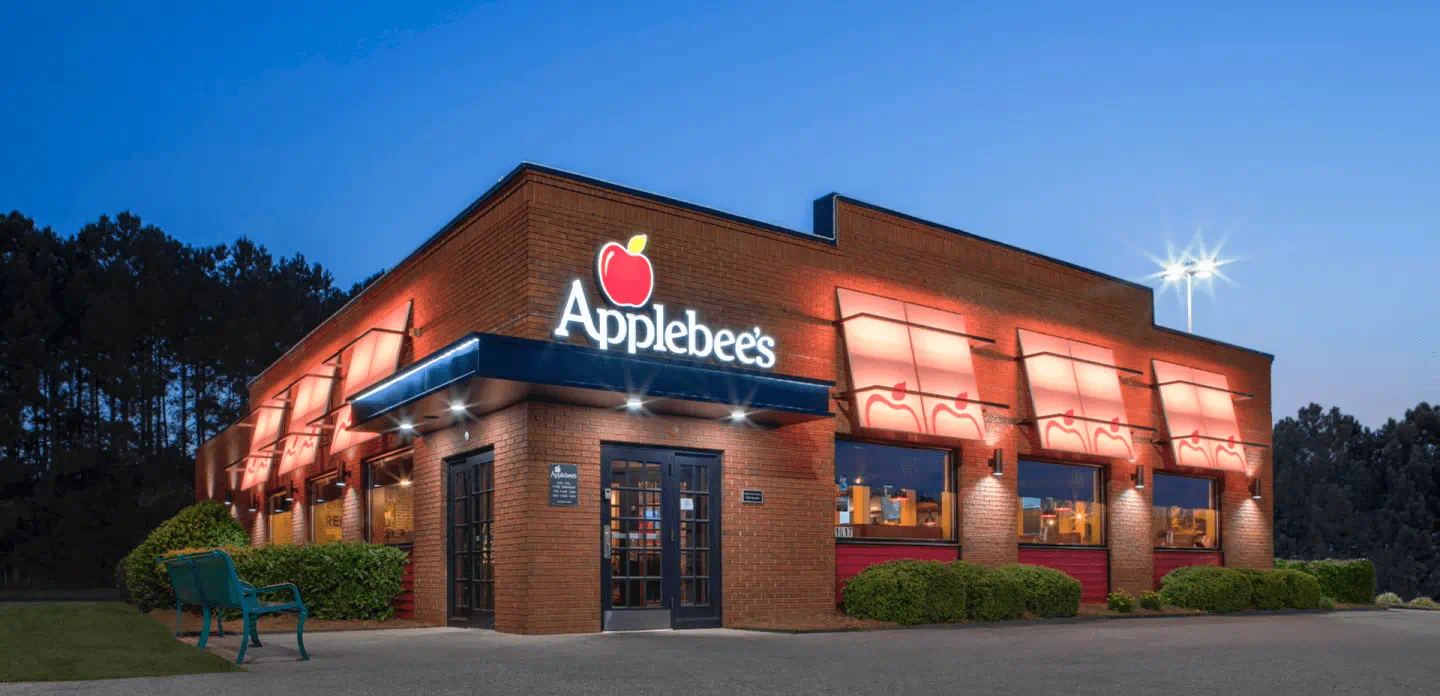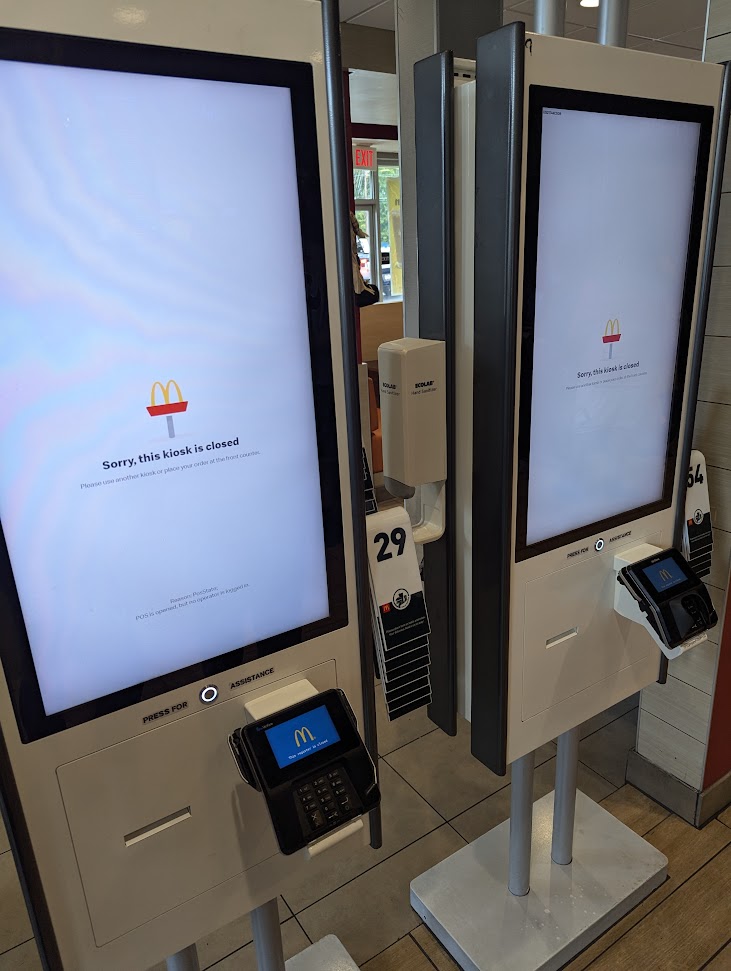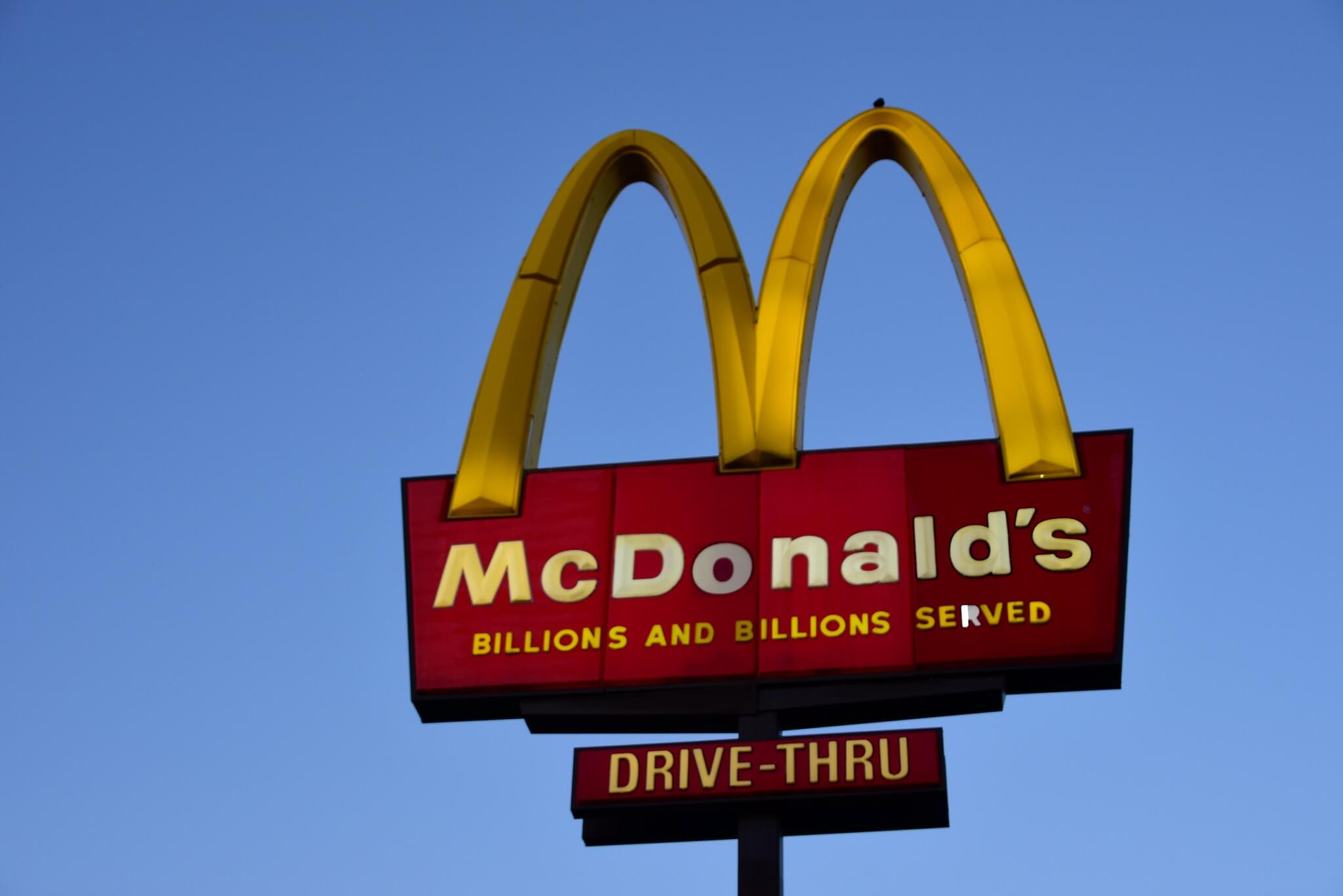Inside Wingstop’s Smart Kitchen Rollout
Wingstop changed how they operate with the Wingstop Smart Kitchen technology. The restaurant tech helped reduce wait times by 50%, improve throughput, and increase order accuracy.

Wingstop is rolling out its proprietary Wingstop Smart Kitchen platform to reduce wait times and improve guest satisfaction by fixing chronic operational problems causing slow order. The Wingstop Smart Kitchen system gives kitchen staff better tools to forecast demand and manager orders, improving speed and consistency by replacing fragmented workflows with one connected process.
Already live in more than 400 restaurants, the Wingstop Smart Kitchen is on track to reach systemwide adoption by the end of the year. As the rollout expands, so does the need for real-time visibility. Keeping every location consistent means making sure every step in the process, from prediction to order prep to food pickup, occurs with as little friction as possible, in a reliable (and predictable) way.
The Wingstop Bottleneck That Started It All
Slow order throughput has an immediate negative effect: Orders take longer to complete. Long-term, fewer orders are possible, hurting revenue and growth. Before implementing the Wingstop Smart Kitchen, paper order tickets combined with manual processes made it hard to fulfill orders quickly, even when stores weren’t busy. Additionally, Wingstop kitchens didn’t have the tools to spot bottlenecks or catch errors early.
Customers noticed, and delays mounted to a brand reputation problem. A Reddit thread paints a picture of lengthy wait times across locations. “What's the average wait time at your store? The one near my house is always at an hour for dine in or carry out,” the original poster wrote. “I don't even wait that long at nice sit down restaurants. I can't wrap my head around that time.”

Commenters described waiting anywhere from fifteen minutes to an hour for their Wingstop order. That kind of unpredictability creates stress and confusion for staff and delivery drivers, and frustration for customers who are picking up what’s supposed to be fast food.
Wingstop had to solve for the lag in the system. That meant creating new workflows that could move quickly and stay consistent under pressure.
Inside the Wingstop Smart Kitchen
The Wingstop Smart Kitchen connects every part of the restaurant that touches an order: forecasting, cooking, packaging, handoff. For staff, it removes guesswork and cuts down on the decision fatigue that builds up during high-volume shifts.
With the new system, Wingstop has set a target of $3 million in sales per store. Here’s what’s running under the hood to get them there:
- AI Forecasting Engine: Every 15 minutes, the system predicts demand using over 300 real-world variables, like weather, local events, school calendars, and more. It helps kitchens prepare for sudden spikes in online orders and foot traffic.
- Touchscreen Order Interfaces: These walk crew members through each step of an order in a gamified flow that other team members can easily jump in to view and manage as needed. No paper order tickets blowing away in a gust of air conditioning.
- Readiness Displays and Labels: Once an order’s ready, it’s marked clearly for handoff. Labeling and readiness displays make it clear to front-of-house teams and delivery drivers what’s ready and what’s still in progress.
Each step makes for a simple improvement. Together, they result in an integrated system that saves time and enables team-wide visibility. The end-to-end process is repeatable and easy to manage hour after hour, shift after shift.

Performance Shows Up in the Numbers
Wingstop Smart Kitchen locations have seen ticket times drop from over 20 minutes to under 10.
This past Super Bowl, a huge stress test for any QSR, Wingstop Smart Kitchen stores held average quote times to just 16 minutes. That kind of performance keeps delivery channels running smoothly and reduces the chances of a system-wide slowdown, not to mention makes a big mark on customer satisfaction.
Market analysts see the Wingstop Smart Kitchen deployment as a sign of good things to come. BofA Securities called the rollout a “game changer” for speed and scale, while TD Cowen predicted a 5% same-store sales lift based on early data from the Smart Kitchen locations.
Testing, Expansion, and What Comes Next
Wingstop began its Smart Kitchen journey with roughly 30 restaurants participating in the initial rollout. These early locations served as test beds for the system’s forecasting tools, touchscreen workflows, and connected order management. The focus was on validating throughput improvements in real-world conditions.
Strong results pushed Wingstop to move quickly to scale. The platform has since expanded to more than 400 restaurants, including large markets like Dallas/Fort Worth and Las Vegas.
As adoption scales, uptime and consistency become more important. Every store runs on the same tools, so if something breaks, the impact spreads fast. Forecasts stall, quote times drift, and missed handoffs start to pile up.
Get Fast-Food Friction
Access the 2025 Restaurant Tech Report instantly to find out what quick-service restaurant goers want (and where brands fall short).

Get Fast-Food Friction
Access the 2025 Restaurant Tech Report instantly to find out what quick-service restaurant goers want (and where brands fall short).

Get Fast-Food Friction
Access the 2025 Restaurant Tech Report instantly to find out what quick-service restaurant goers want (and where brands fall short).
Smart Kitchens Need Real-Time Visibility
Wingstop’s Smart Kitchen is a strong example of how connected ecosystems are reshaping QSR operations. In addition to the in-store system, a national restaurant brand like Wingstop needs real-time visibility to see what’s working and what’s slipping in real time, across every location. Without that visibility, even the smartest tools lose their edge.
QSRs like Wingstop will continue to find ways to use technology to support restaurant operations. The technology offers a point of leverage. However, this leverage can go both ways: As more technology is deployed, problems with restaurant technology can cascade. One skipped software update or frozen screen can back up the whole line. And with hundreds of locations now running the same platform, even a small failure can have a big impact. Local managers can’t catch every breakdown.
The Wingstop Smart Kitchen works because it streamlines order management. However, who’s watching the system itself to make sure each component works? [[Remote monitoring and management]] (RMM) tools can be the system behind the system. RMM can connect and control every part of the restaurant technology stack, from software to hardware to sensors, all in real time so issues can be spotted early and handled before they interrupt service.
Wingstop Smart Kitchen shows what happens when connected restaurant tech works the way it’s supposed to. With RMM, it can stay that way even as the system scales, the menu changes, or the pressure ramps up.
Looking for more insights on the connected restaurant? Here’s what customers think.





